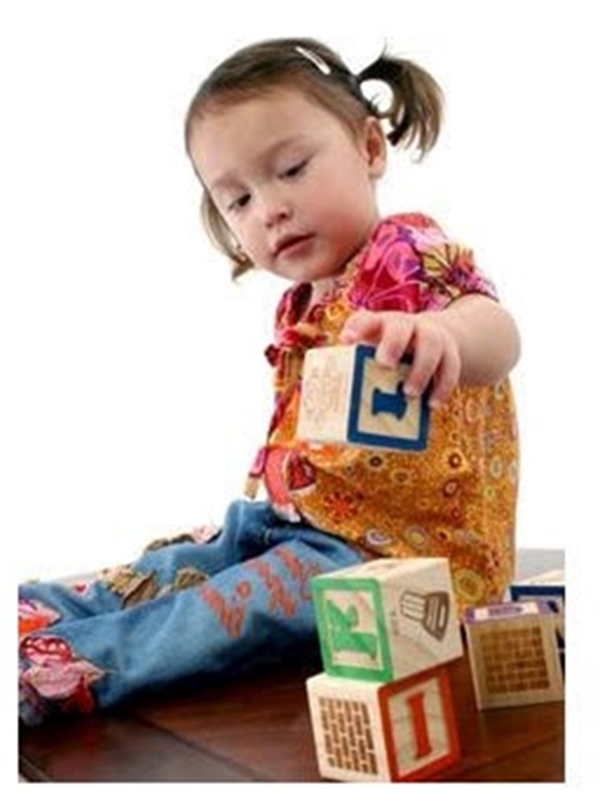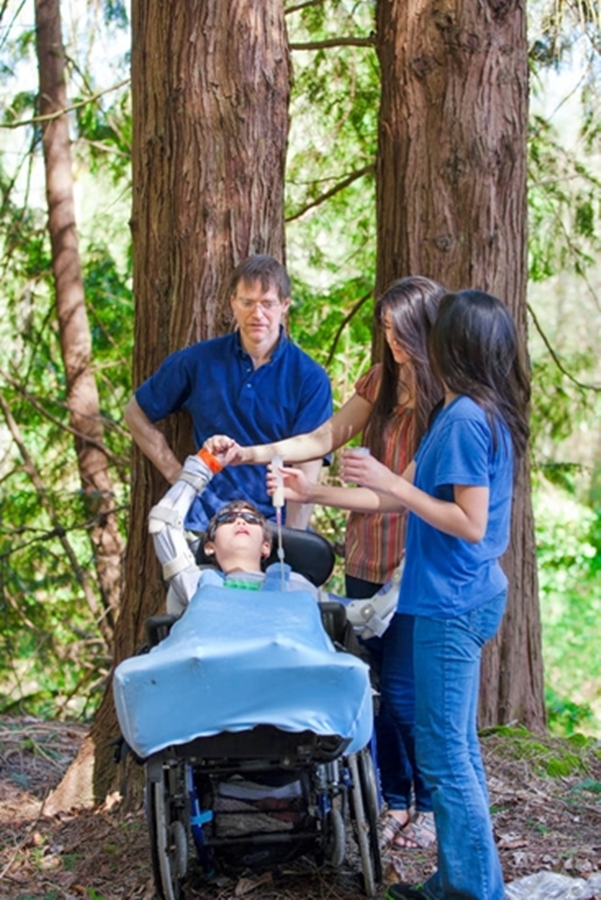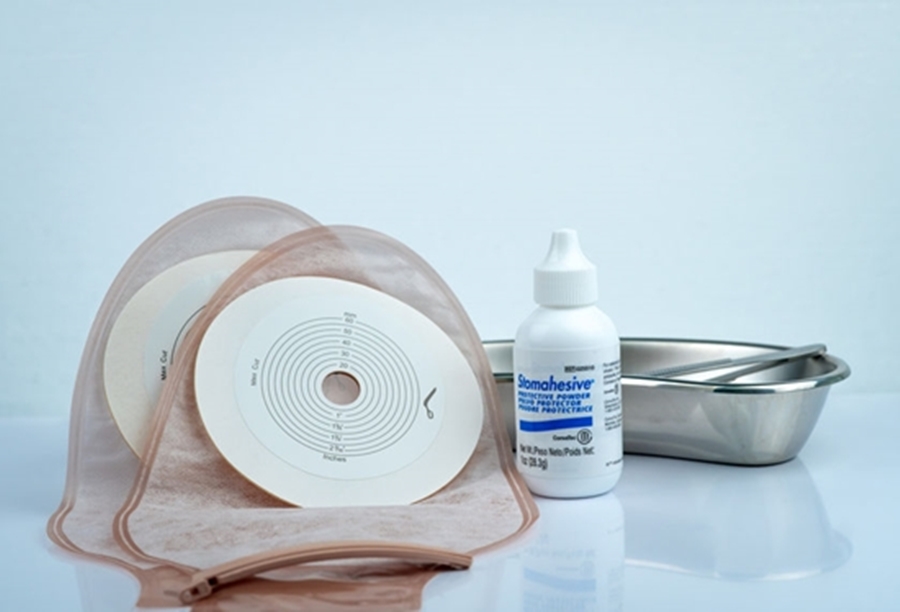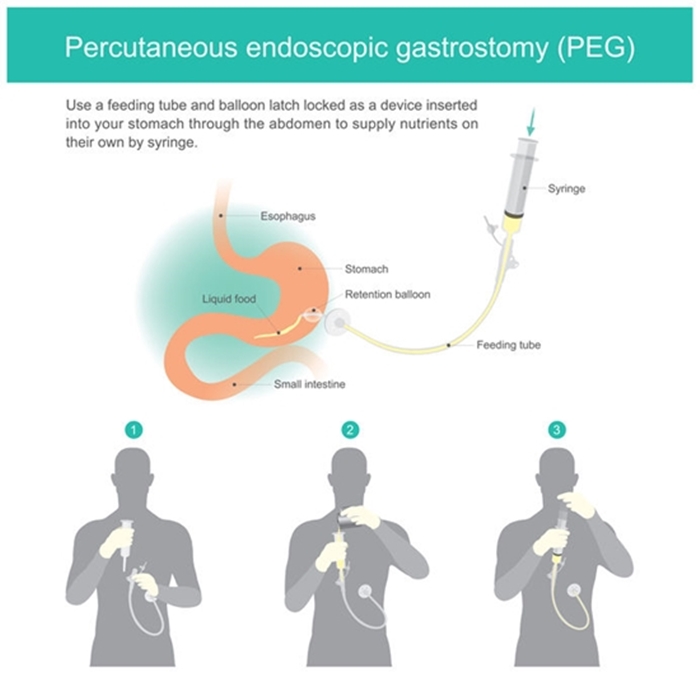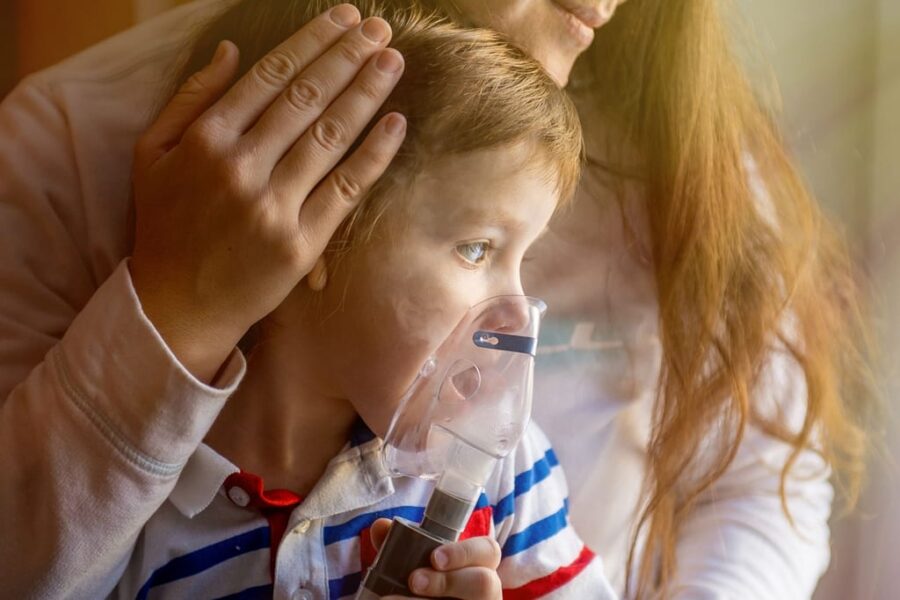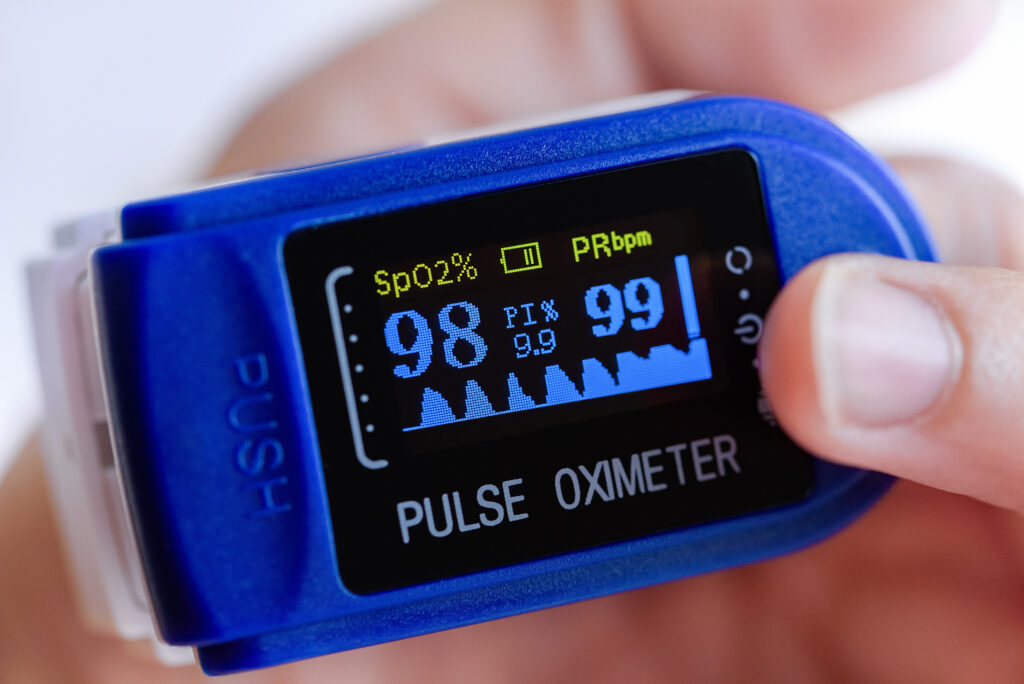Language and Speech Disorders in Children
Children Mimic Speech Children learn language by mimicking what they hear. They pick up language skills best during their early childhood years before age five when their brains grow the most. Parents can help their children learn language skills by Mimicking the baby’s first sounds and gestures back to it helps the baby learn how […]
Language and Speech Disorders in Children Read More »

